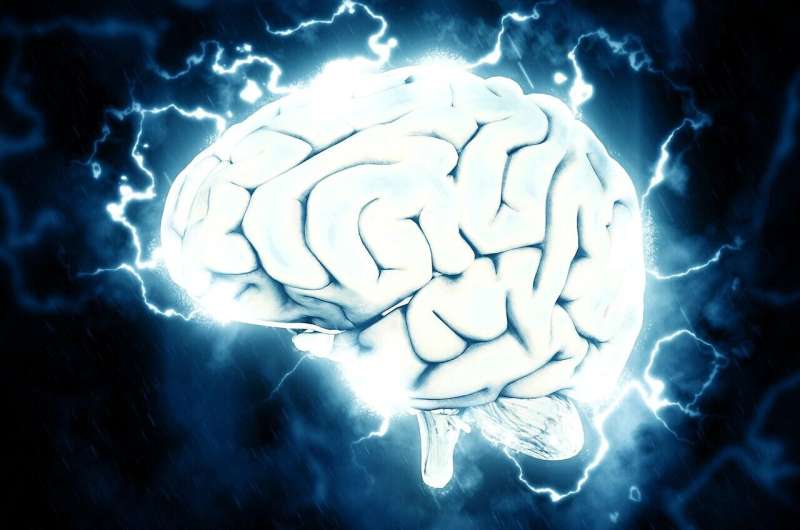New Research Reveals a Biological Connection Between FND and Chronic Pain That Could Reduce NHS Healthcare Costs

A groundbreaking systematic review uncovers a shared neurobiological link between Functional Neurological Disorder and chronic pain, offering new pathways for treatment and NHS cost savings.
A comprehensive review spanning over three decades has uncovered a significant biological link between Functional Neurological Disorder (FND) and chronic pain, two prevalent yet often misunderstood neurological conditions. This discovery holds the potential to transform how these conditions are diagnosed and treated, ultimately saving the NHS an estimated £2 billion annually in treatment costs.
The study, published in BMJ Neurology Open and led by researchers from the University of Central Lancashire, is the first of its kind to synthesise data from over 2,500 global patient studies conducted between 1990 and 2024. It employed various brain imaging techniques to identify shared neural abnormalities in both FND and chronic pain patients.
FND is one of the most common neurological conditions, yet it remains under-recognised. Around 9% of neurology inpatients and 16% of outpatients in the NHS are diagnosed with FND annually. Meanwhile, approximately one-third to one-half of UK adults experience chronic pain, with about 14% having pain severe enough to disrupt daily life.
The research findings reveal that both conditions involve common alterations in key brain networks responsible for cognition, emotion, and sensory processing. These include:
- The default mode network, active during rest,
- The sensorimotor network, which processes emotional and sensory information,
- The salience network, acting as a switchboard for detecting critical stimuli and allocating brain resources.
Identifying these overlapping neural mechanisms highlights the possibility of developing joint treatments. Approaches like neuromodulation, neurofeedback, and clinical hypnosis could be tailored to address both conditions simultaneously, offering more effective and cost-efficient care.
Dr. Abhijit Das, a lead researcher from the University of Lancashire, emphasises that recognizing the neurobiological connection between FND and chronic pain can significantly improve patient management. He notes that over 55% of FND patients also suffer from chronic pain, and around 20% of chronic pain patients may have an undiagnosed FND component. This overlap explains why some patients do not respond to traditional pain therapies and underscores the need for early detection and integrated treatment pathways.
The research team is also working on developing NHS guidelines that will help healthcare providers better screen and manage these interconnected conditions, aiming to reduce unnecessary treatments and expenses while enhancing patient outcomes.
Ultimately, understanding FND and chronic pain as interconnected conditions allows clinicians to adopt a holistic, multidisciplinary approach, leading to better patient care, reduced healthcare costs, and improved quality of life for those affected.
Source: https://medicalxpress.com/news/2025-09-biological-link-common-neurological-conditions.html
Stay Updated with Mia's Feed
Get the latest health & wellness insights delivered straight to your inbox.
Related Articles
Research Uncovers Link Between Pancreatic Insulin Disruption and Bipolar-Like Behaviors in Mice
New research links pancreatic insulin secretion disruptions to bipolar disorder-like behaviors in mice, highlighting a novel pancreas-brain connection that may influence mood regulation and circadian cycles.
Understanding the Brain Age Gap and Its Impact on Cognitive Functions
The brain age gap measures how much faster or slower your brain ages compared to your actual age. Recent research shows its significant impact on cognitive performance and risk assessment for cognitive decline, especially among those with vascular health issues.
Innovative Chemical Approach Revitalizes Malaria Drug Effectiveness
Researchers have pioneered a chemical modification that enhances the solubility and efficacy of a malaria drug, offering new hope against resistant strains. Learn how this breakthrough could revolutionize malaria treatment.
New Genetic Target Identified for Recurrent Meningioma Treatment
A groundbreaking study identifies COL6A3 as a key gene driving the recurrence of meningioma, paving the way for new targeted therapies to treat aggressive brain tumors.



